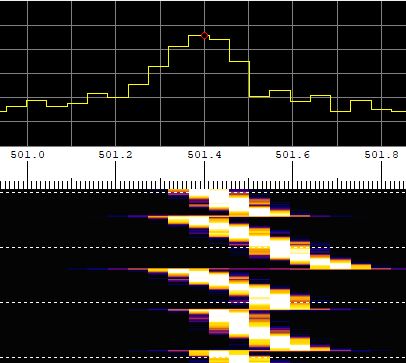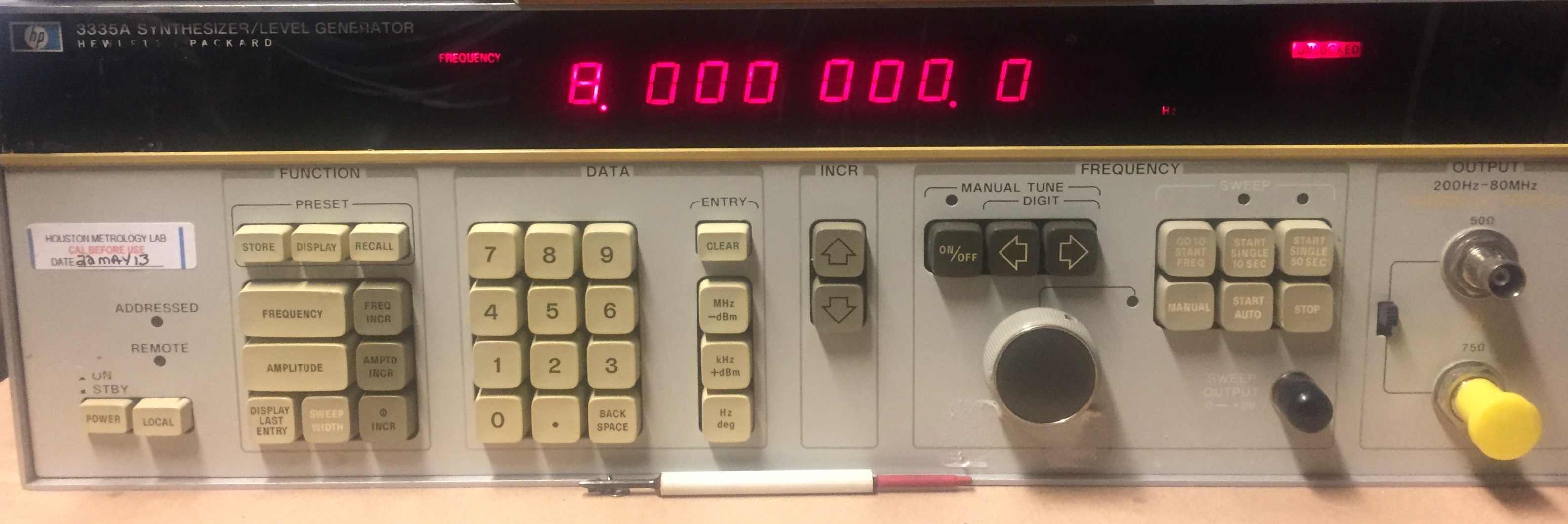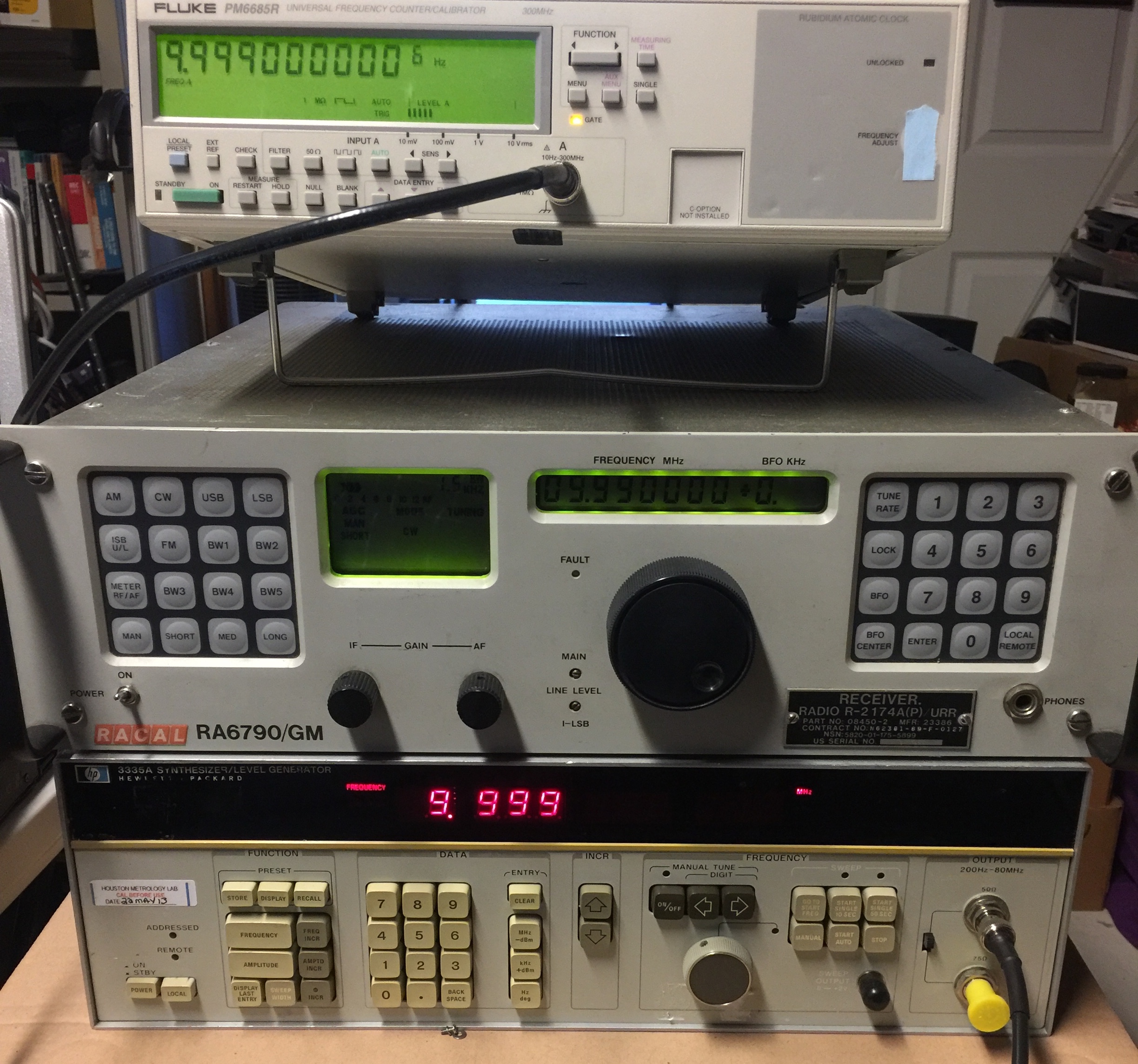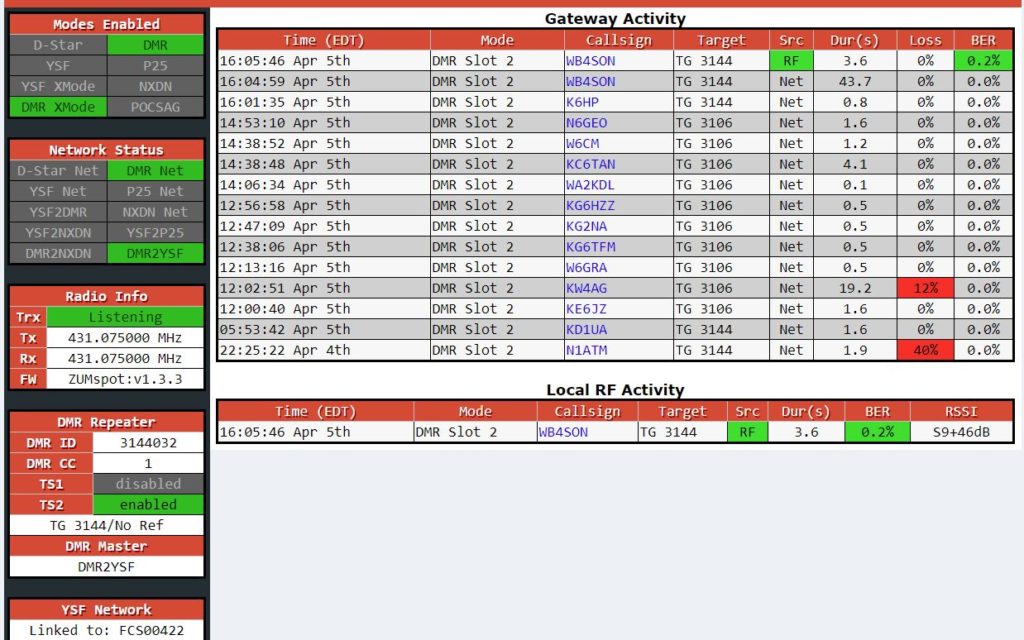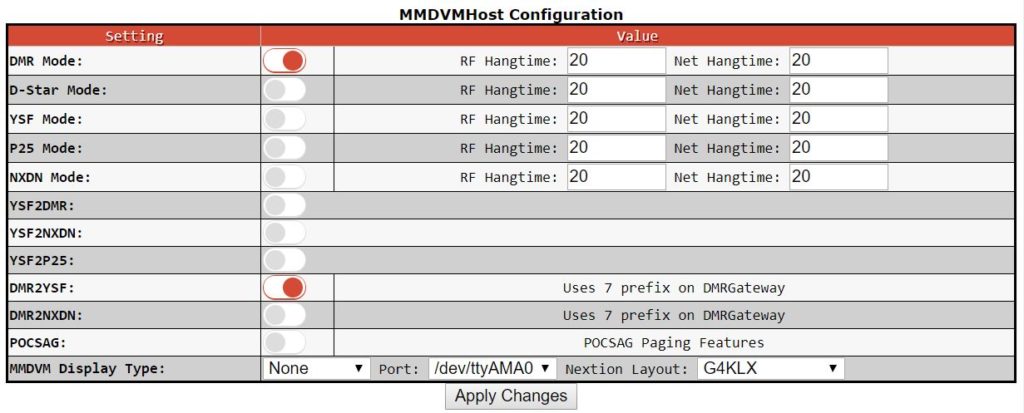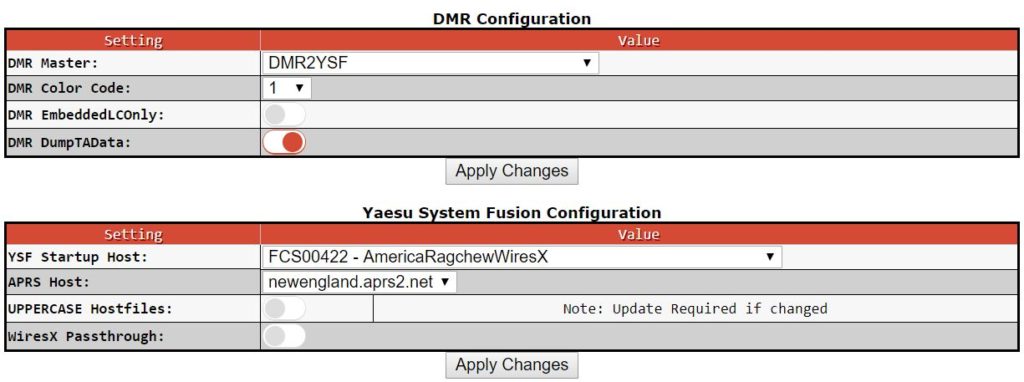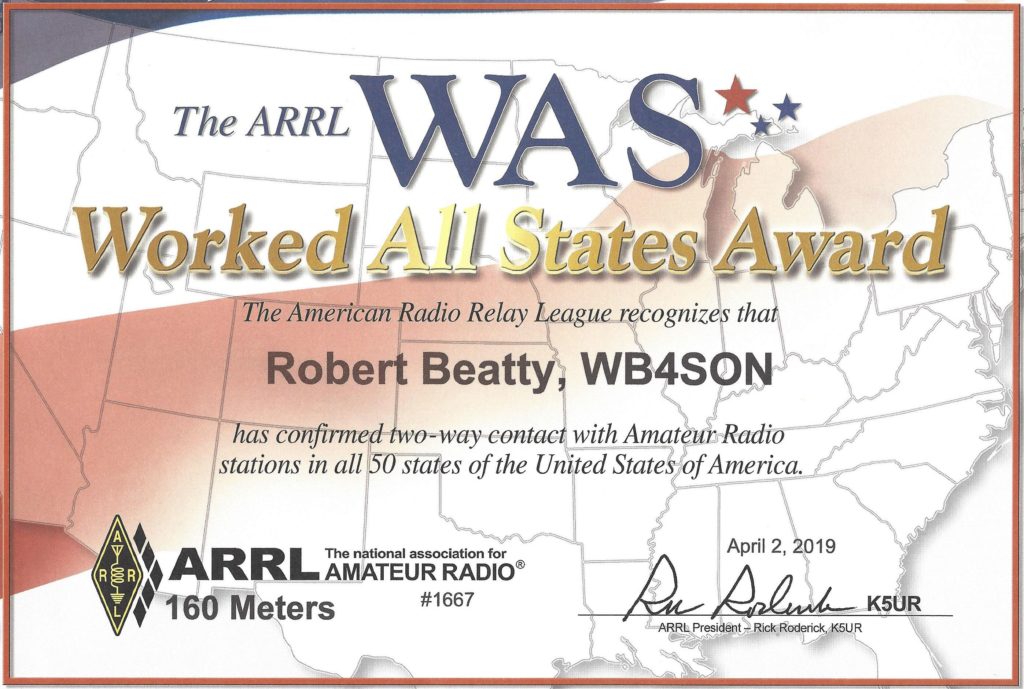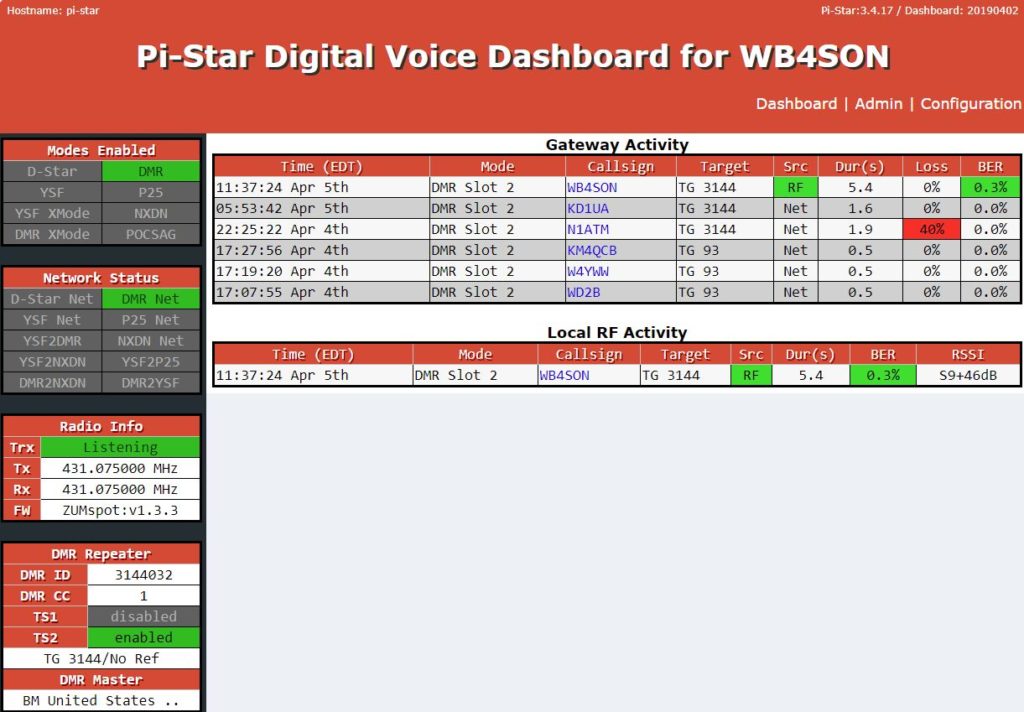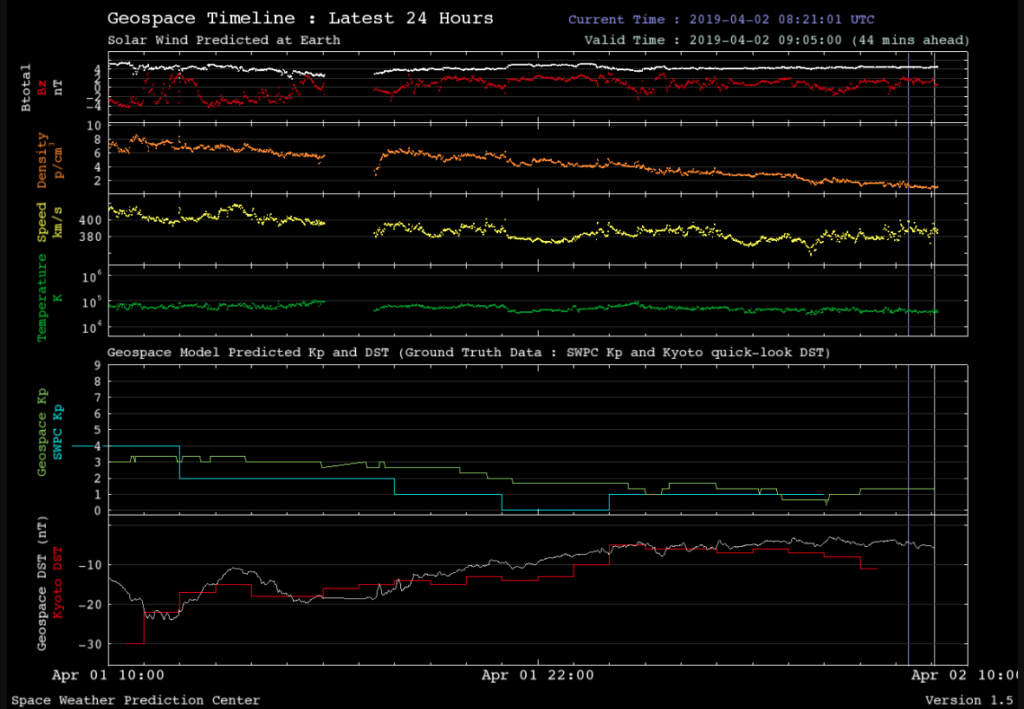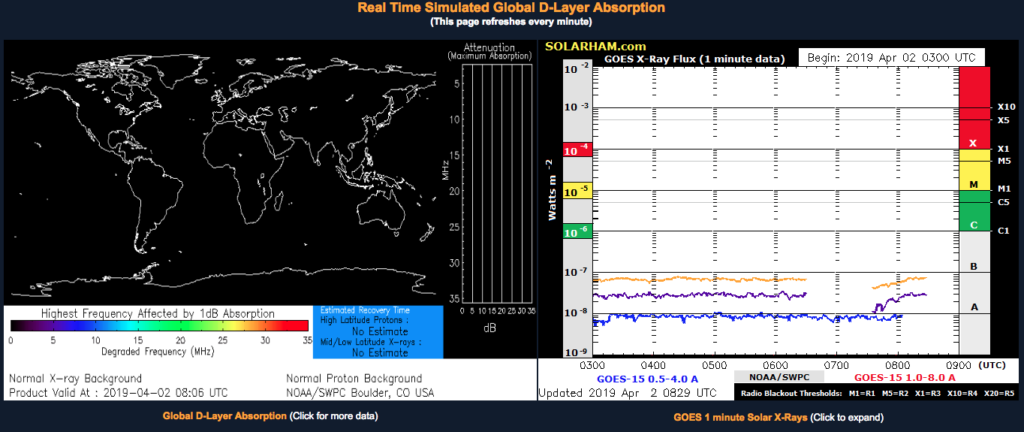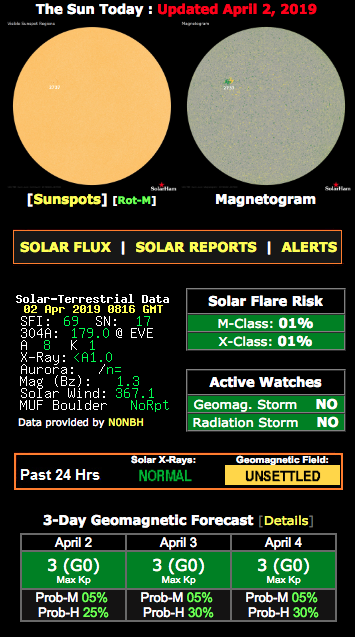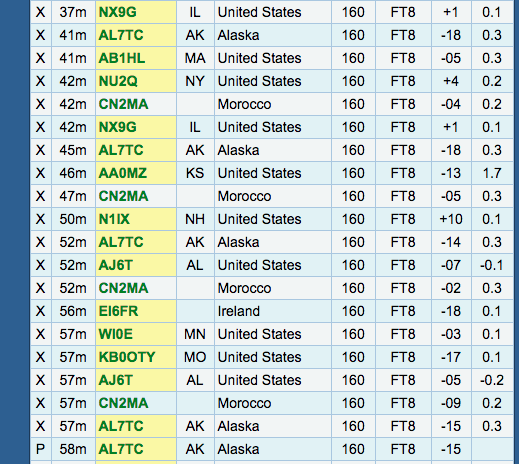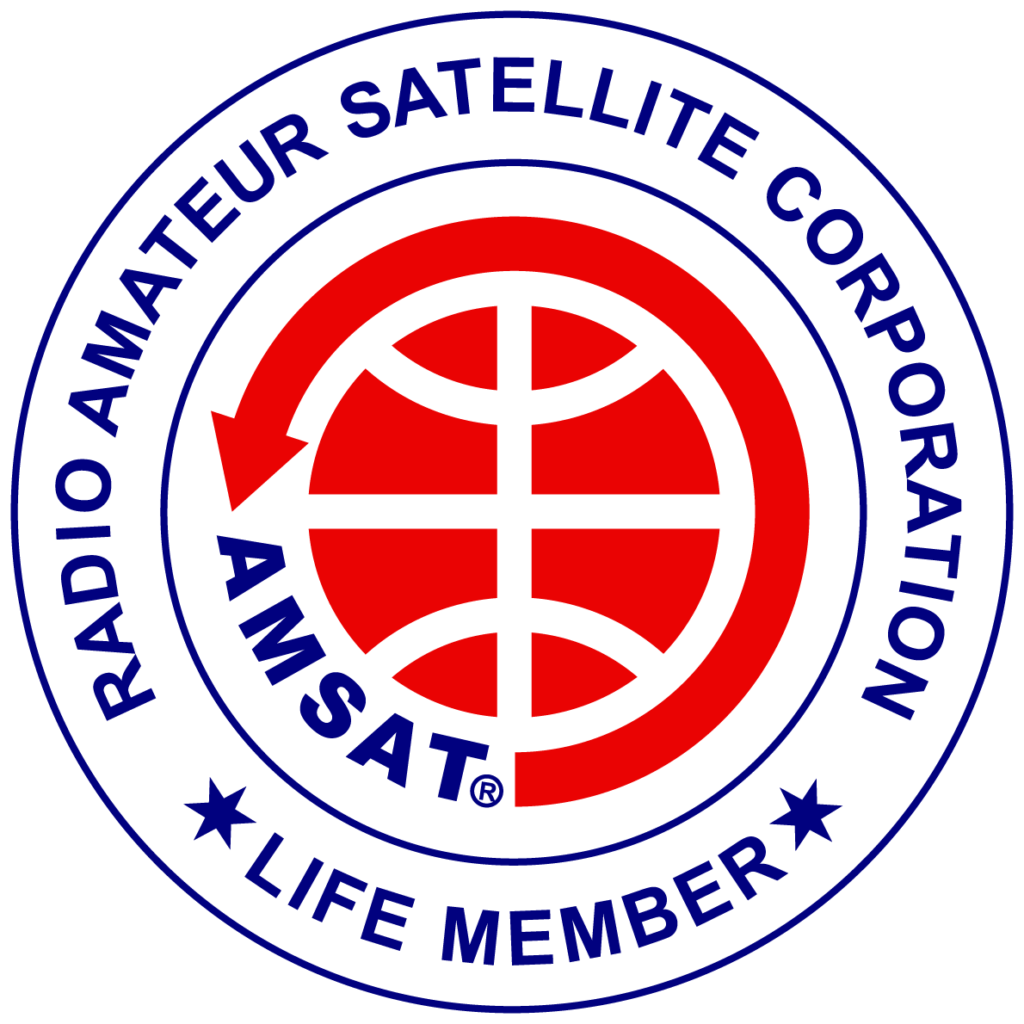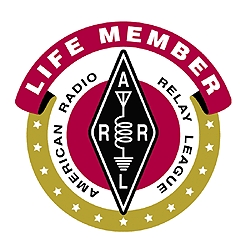Back in the day, a superhet receiver, employed several mixer stages, requiring various oscillators, and a sometimes sketchy VFO (Anybody remember the Swan 753 — lovingly referred to as the Seven Drifty Three?). That made for a real challenge when trying to accurately measure frequency. All those oscillators drift at different rates (sometimes different directions). No matter what the stability of your reference signal, within minutes things were moving all over the place. Hertz-level measurements were about the best that could be obtained.
More modern gear started shifting to a single reference oscillator and deriving all other frequencies from that. At least then everything drifted at a consistent rate. Some of those 1980’s era rigs, like those made by RACAL or Watkins-Johnson, used very sophisticated digital synthesis and phase locked loops to produce a receiver capable of resolving a frequency on the display to a hertz, and yet were stable on a millihertz or microhertz scale. Those receivers often allowed for an external 1/5/10 MHz oscillator; perhaps a Rubidium or Cesium standard to replace the internal reference oscillator (often a VERY expensive double oven based crystal oscillator).
Once ham gear started moving into the DSP era, was a simple task to have everything working off of one oscillator, and in fact many rigs do that (to save money, actually). But several use one oscillator for reference generation, yet clock their DSP chips off independent oscillators which can cause some issues when converting the analog RF into the digital domain, then back in the audio domain for listening. Even those that tried to keep everything tied together might have different design objectives for their digital synthesis scheme.
As a result, some rigs are not very stable on a millihertz or microhertz scale, yet are more than adequate for a human ear or decoding FT8. An example of this is the otherwise outstanding Elecraft K3 line. One can see the impact of the PLL causing a reference signal to appear to drift around by about +/- 100 milliherts in a staircase pattern that repeats every 5 minutes or so, but sometimes much wilder excursions of +/-500 milliherts happens too. Nevertheless, K3s are used all the time in FMT with green band results (< 100 millihertz error). I used my K3 as an AM detector by injecting a known carrier near the unknown signal to produce a beat tone. Any PLL stepping has no impact as long as the passband is wider than the drift.
So a FMT purist would seek out a radio that would be stable into the microhertz range over long time periods. Such a receiver is the RACAL RA6790/GM (1980 era superhet). I’ve had mine turned on for a few days, locked to a Rubidium source, and monitoring a second GPS referenced Rubidium source. Using Spectrum Labs, after calibrating the sound card, it has been providing a rock-solid reading of 300.00000 +/- 20 microhertz for the past day. I deem my receiver more than adequate (by at least 3 orders of magnitude), so all errors will be due to operator error or inability to divine Doppler this Thursday.
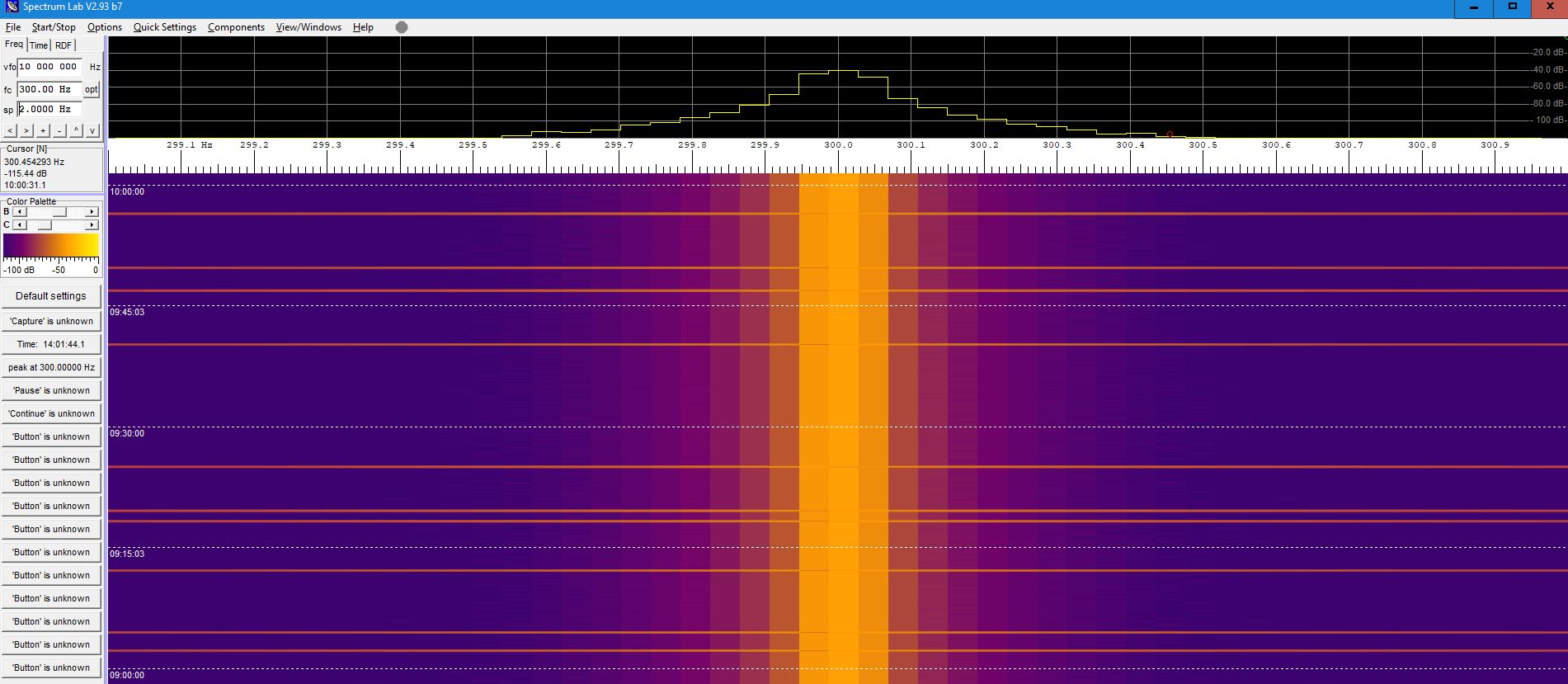
By the way, prior to calibration, the sound card I was using (Behringer UCA222) was producing a tone reading of 300.02400 Hertz, off by 24 millihertz, or 80 ppm. After calibration with +/- 20 microhertz wobble, it is more like 70 ppb.

